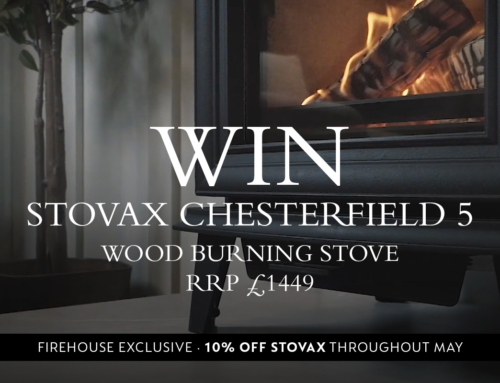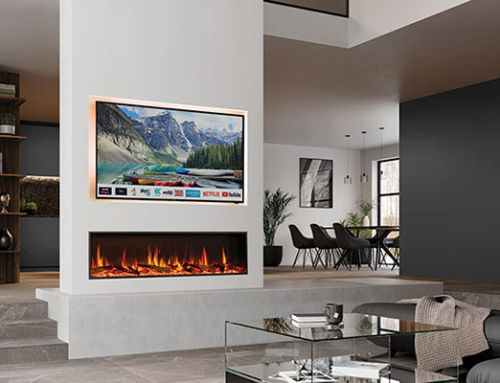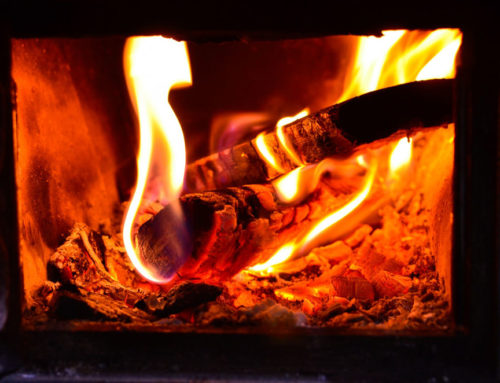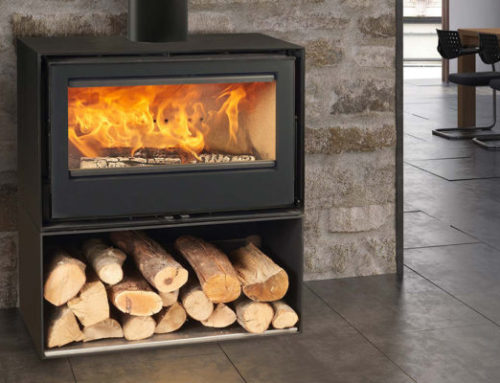Your first Woodburning Fire
How well do you remember the “Wow!” moments of your life? The birth of your first child? Marrying the love of your life? Your first car? Your first house? Your favourite holiday? While lighting your first modern wood burning stove may not quite compare to the birth of your child or getting married, it is right up there with all the rest!
The magic of a fire to heat indoor and outdoor spaces has been enjoyed for as long as mankind can remember. Nothing, but nothing, can beat the convivial atmosphere and therapeutic effects of open flames. A fire attracts people and a wood-burning stove in your home will ensure the entire family will make happy memories together as the snuggle in front of the hypnotic flames. And on those occasions when it is inevitable that mom has to be in the kitchen and dad in the study and kids in their rooms, a top-quality wood-burning stove will provide enough heat to make the entire house cozy.
Do you still associate a wood-burning stove with a dirty, smoky appliance that takes more time to tend and clean than you actually spend in front of it? Or is a wood-burning stove something that in your mind belongs only in the kitchen for cooking? Think again!
Thanks to advanced technology and innovative design, modern wood-burning stoves are completely different animals from those first patented some 400 years ago. 21st century wood-burning stoves have become super energy-efficient, almost smokeless; very safe to use; easy to start and clean and highly decorative in any room in your house, or even outside in the garden or on the deck. The heat output of a modern wood-burning stove is an enormous eight times more than for an open fireplace, using less than a third of the fuel. Most of the wood-burning stoves can use wood, or wood-derived fuel, such as compressed sawdust bricks or wood pellets.
Wood-burning stoves of varying sizes have been developed for every conceivable space in your house, both indoors and outdoors. You can choose a free-standing or built-in appliance that is installed in the middle of the room, in a corner, against the wall, or even suspended from the ceiling.
What makes a modern wood-burning stove different?
One is tempted to say, “everything!”
Air quality
Most important is probably the fact that modern wood-burning stoves are clean-burning and are almost smokeless, especially inside the house. Modern homes are better insulated and any toxic gases would be trapped inside and oxygen levels would be depleted by open fires or old-fashioned or poor quality stoves. An advanced modern wood-burning stove is ventilated by specially designed flues that enhance the burning efficiency of the stove, draw fresh air from outside for combustion, prevent backdrafts into the room, and expel a very low level of unburnt gases safely into the atmosphere and maintain oxygen levels in the room and the rest of the house.
Energy Efficiency
The next important difference is the heating-efficiency of modern stoves. With less than a third of the fuel used in an open fire or old-fashioned stove, a top-quality modern stove produces up to eight times the energy and heat-output.
To further enhance efficiency and clean-burning, some of the advanced technology employed in modern wood-burning stoves include catalytic converters, air-wash technology, secondary combustion chambers, secondary burn tubes, forced-air intake and airflow, ceramic glass windows to safely contain the fire without impeding the view of the flames, and much more. Modern stoves also effectively control the amount of heat, air intake and size of the flames.
Material and build-quality of the stove
Your choice of material and build-quality will have an enormous impact on the quality and longevity of your stove. Supreme quality wood-burning stoves are mostly built of the best cast-iron, steel or stainless steel which are airtight, highly heat-resistant, rust and corrosion resistant and transfer the heat evenly to the air around it. Chesneys, Morso, Rocal, RB73 and Happy Cocooning are just some of the top brand names that can be trusted to provide the best quality wood-burning stoves.
Cast-iron
Cast-iron is a material produced in a special process, consisting of iron, mixed with carbon and small amounts of silicon, manganese, sulphur and phosphorous. Various amounts of nickel, chromium and molybdenum may also be included in the best quality cast-iron to make it more resistant to heat, rust, wear and corrosion. The raw material is melted and cast into moulds to obtain the desired form or shape, hence the name.
Steel and Stainless-Steel
Specialised wood-burning stoves may be manufactured from the best quality steel, consisting of a mixture of various amounts of iron, carbon, manganese, silicon, aluminium, nickel, chromium, cobalt, molybdenum, vanadium, tungsten, titanium, niobium, zirconium, nitrogen, sulphur, copper, boron, lead, tellurium, and selenium. When purchasing a stainless-steel stove, it is important to confirm the quality and thickness used.





